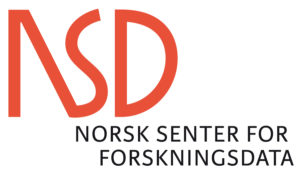Abstract:
As transport technologies evolve, cities expand, and traffic volumes grow, transportation systems are becoming increasingly complex. These developments create opportunities to enhance safety, but they also introduce new risks. This paper examines the combined influence of human and organizational factors (HOF) on transportation safety and system resilience. Human elements such as decision-making, fatigue management, and human–machine interaction remain central, while organizational dimensions—including leadership, safety culture, and management systems—shape the environment in which operators work.
The study adopts a mixed-methods approach, combining analysis of safety data with interviews conducted among industry professionals. The findings suggest that considering human and organizational aspects separately does not capture how they interact in practice. Case examples from aviation, rail, road, and maritime sectors indicate that integrated approaches can lower accident rates and improve system adaptability in the face of digitalization and automation.
The paper emphasizes the value of interdisciplinary collaboration, user-centered technology design, and robust safety cultures as key drivers of improvement. It also highlights the need for further research into how emerging technologies—particularly artificial intelligence and autonomous systems—interact with human and organizational dimensions of safety.





